Compact yet powerful, this SISCO tabletop centrifuge delivers outstanding performance with multiple safety protections. The microcentrifuge integrates triple-stage shock-absorbing technology, effectively reducing vibration and noise, maintaining operation noise at ≤60 dB. With 10 adjustable acceleration and deceleration rates, users can customize centrifugation parameters to achieve optimal separation results.
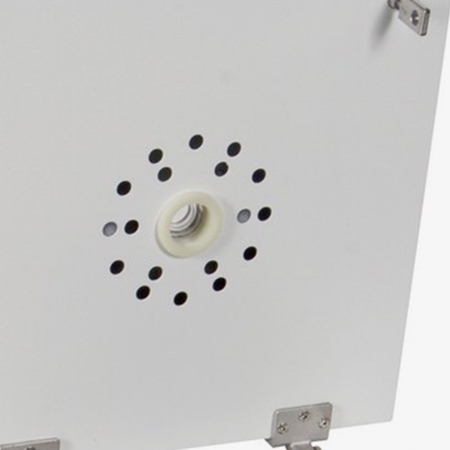
Practical Monitoring & Full Safety System
- Observation Window: The built-in viewing window of the lab centrifuge enables real-time observation of the centrifugation process without interrupting the run.
- Multiple Safety Features with Alarms: Includes overspeed, lid-lock, and imbalance protections, with instant audio-visual alarms to ensure operator and sample safety.
- Air Cooling & Rotor Sterilization: Special airflow-guided cooling design effectively controls temperature rise to preserve sample integrity. The rotors are autoclavable, preventing bio-contamination and ensuring lab hygiene.
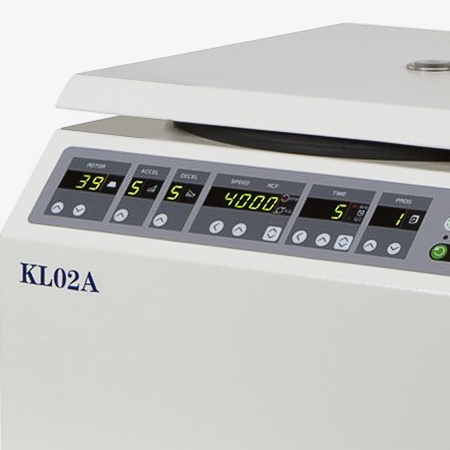
Smart Control & Safety Integration
- User-Friendly Multi-Display Panel: Digital multi-screen design allows one-touch settings for speed, RCF, time, and acceleration profiles, no complex key combinations required, streamlining lab workflows.
- Microprocessor Control & Custom Programs: Built-in microprocessor auto-stores run parameters and supports direct RCF start. With 40 user-defined programs, this benchtop centrifuge helps reduce setup time.
- Durable Steel Construction: The body of the centrifuge machine is built with steel housing, a stainless-steel centrifugal chamber, and an added steel sleeve for enhanced safety and operational stability.
Applications
Centrifuges are widely used across key fields. In life sciences, they enable precise separation of cells and organelles, supporting protein and nucleic acid purification. In academic research, they're essential for molecular separation in biochemistry, DNA/RNA extraction, and chromosome isolation. In healthcare, centrifuges assist in blood component separation for clinical testing, pathogen isolation for diagnostics, and blood product preparation. In biopharmaceuticals, they play a vital role in drug development, vaccine production, and ensuring product quality and safety.
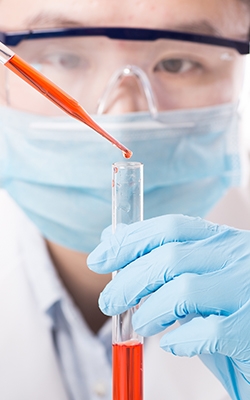
Academic Research

Healthcare
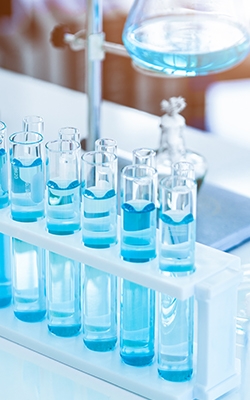
Biopharmaceuticals

Life Sciences
| Model | SISCO-C-KL02A |
| Max Speed | 4000 rpm |
| Max Relative Centrifugal Force (RCF) | 2280×g |
| Max Capacity | 12×10 ml / 12×15 ml / 18×10 ml / 24×10 ml |
| Speed Accuracy | ±20 r/min |
| Timer Range | 1s~999min/999sec |
| Power Supply | AC 220V/50Hz, 5A |
| Power | 115W |
| Noise Level | ≤60 dB |
| Dimensions (L×W×H) | 350×420×270 (mm) |
| Net Weight | 18 kg |
Centrifuge Rotors
| Instrument Model | Rotor Number | Rotor Type | Rotor Capacity | Max Speed (r/min) | Max RCF (×g) | Dimension of Tube(mm) |
| SISCO-C-KL02A | NO.1 | Angle Rotor | 12×15 ml | 4000 | 2200×g | Φ16×110 |
| NO.2 | Angle Rotor | 12×10 ml | 4000 | 2200×g | Φ16×110 | |
| NO.3 | Angle Rotor | 18×10 ml | 4000 | 2200×g | Φ16×110 | |
| NO.4 | Angle Rotor | 24×10 ml | 4000 | 2200×g | Φ16×110 |
Details
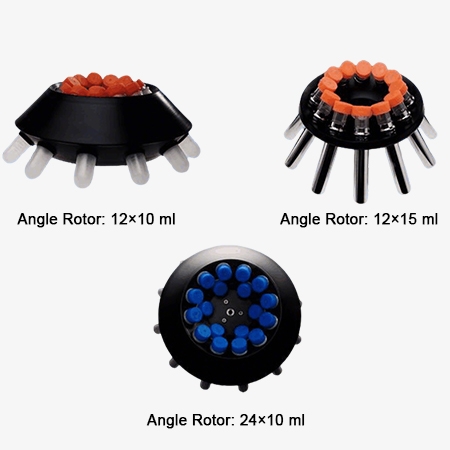
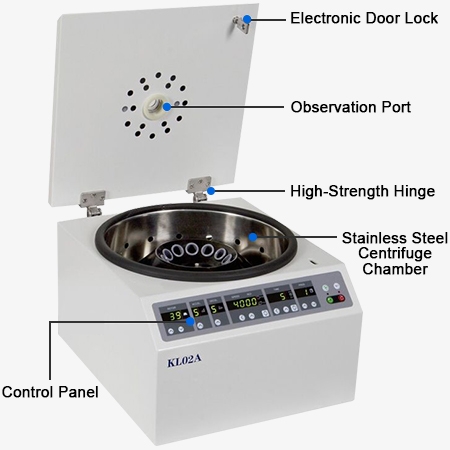
Q1: What is the maximum capacity and supported rotor types of this low-speed centrifuge?
A1: The 4000 rpm benchtop centrifuge supports a maximum capacity of 240 ml with the standard 12×15 ml angle rotor. Optional rotors are available to accommodate different tube sizes, offering flexibility for a wide range of laboratory centrifugation needs, including clinical sample preparation, environmental testing, and chemical analysis.
Q2: In which scenarios is this benchtop centrifuge most effective?
A2: This laboratory centrifuge is highly suitable for routine sample separation in fields like food testing, wastewater treatment, pharmaceuticals, and medical diagnostics. Its stable performance, low noise, and easy operation make it ideal for university labs, research institutes, and industrial laboratories that require efficient separation of biological or chemical substances without high-speed force.
Q3: How does the centrifuge minimize operating noise and vibration?
A3: The centrifuge machine features a three-level damping system and precision-balanced rotor design to suppress vibrations and keep noise levels below 60 dB. Combined with a brushless motor and a solid steel housing, the machine ensures quiet, smooth, and long-term operation, protecting the lab environment and improving operator comfort during extended use.
Tips: What are the benefits of using RCF direct start?
When performing experiments requiring precise centrifugal force, such as cell harvesting or protein precipitation, use the RCF direct start function. This feature eliminates the need for manual RPM-to-RCF conversion, allowing for faster, more reliable setup and improved accuracy in separation results.
Thank you for buying industrial test and measurement equipment on SISCO.com, all products sold by SISCO and the partner cover a 12 months warranty, effective from the date of receiving the products.
What is covered?
SISCO is responsible for providing free spare parts, and free technical support to assist the customer to repair the defective products until the problem is solved.
What is not covered?
- Product purchased from anyone other than a SISCO store or a SISCO authorized reseller.
- Expendable parts.
- Routine cleaning or normal cosmetic and mechanical wear.
- Damage from misuse, abuse or neglect.
- Damage from use of parts other than SISCO approved.
- Damage from use outside the product’s usage or storage parameters.
- Damage from use of parts not sold by SISCO.
- Damage from modification or incorporation into other products.
- Damage from repair or replacement of warranted parts by a service provider other than a SISCO authorized service provider.
- Damage caused by the application environment not meeting the product usage requirements and the failure to perform preventive maintenance.

